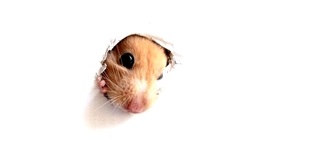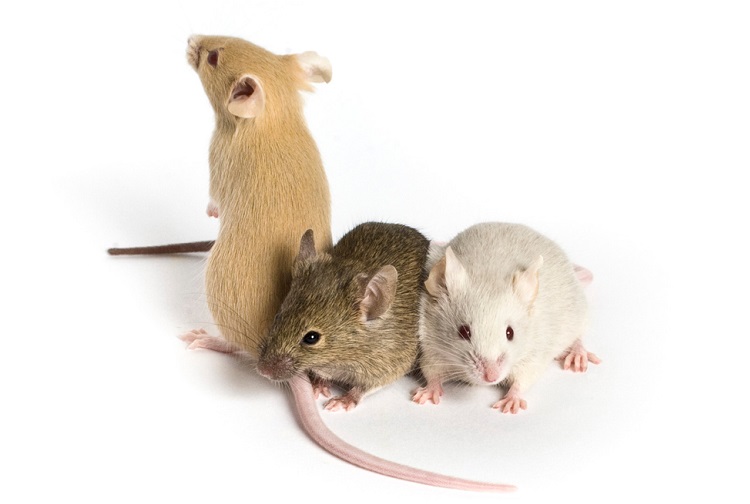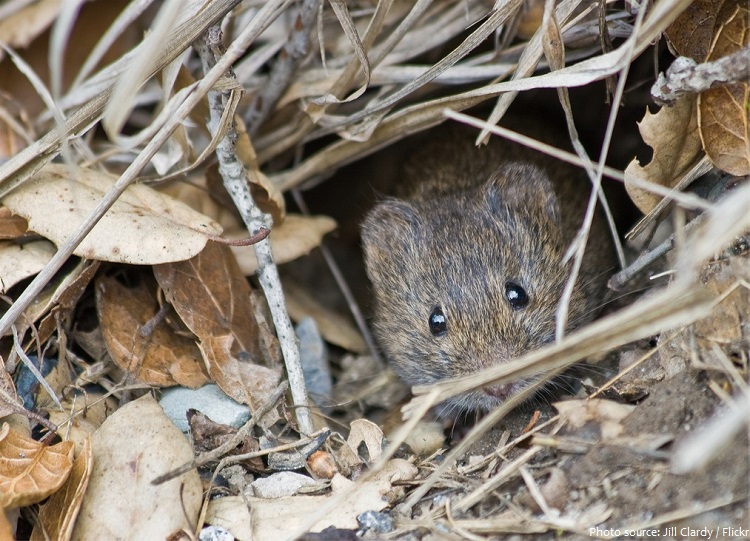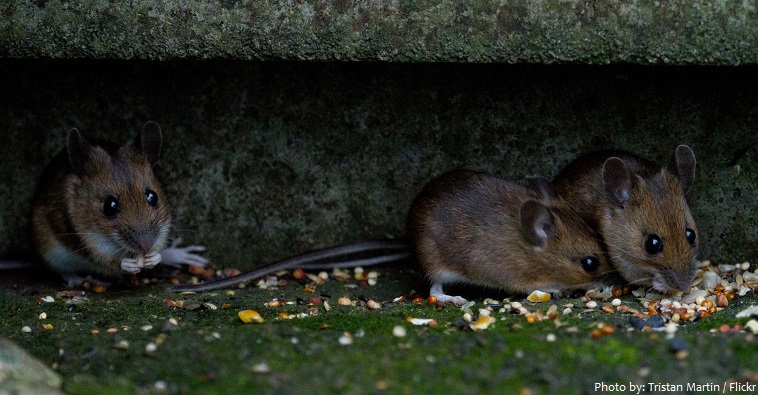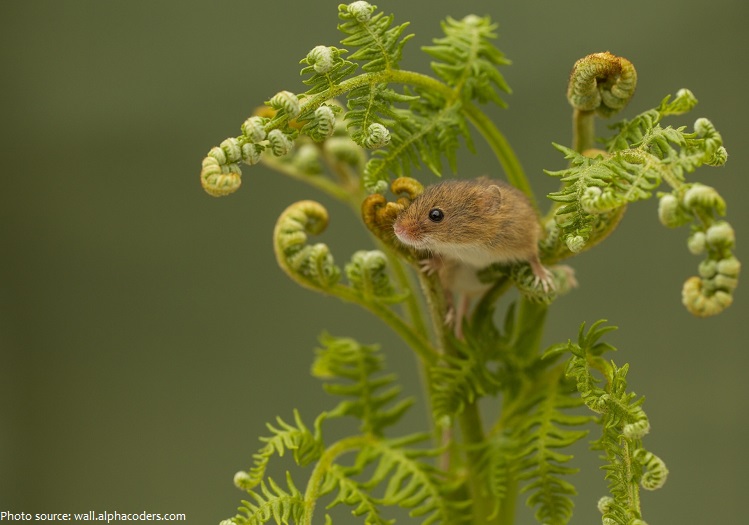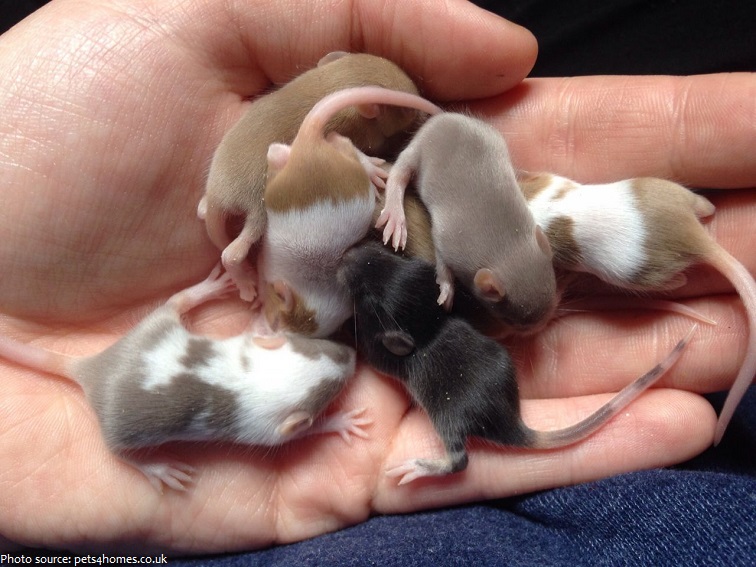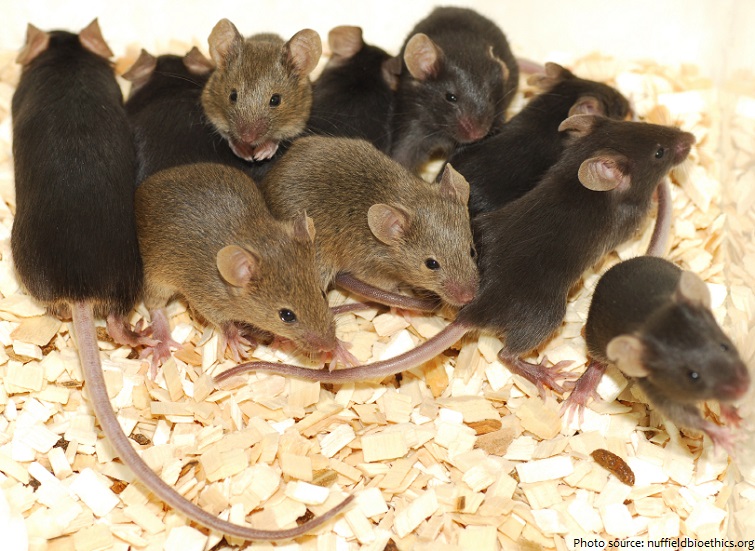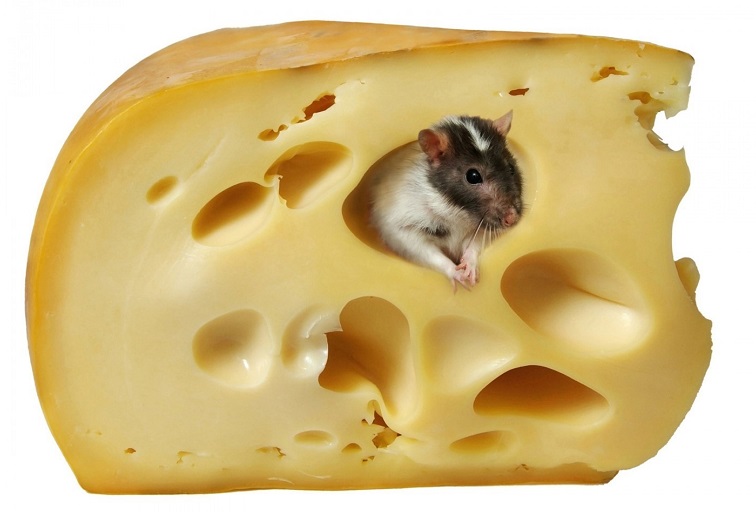A mouse is a small rodent that typically has a pointed snout, relatively large ears and eyes, and a long tail.
Mice are found in nearly every country and type of terrain. They can live in forests, grasslands and manmade structures.
There are more than 30 known species of mice. The best known mouse species is the common house mouse (Mus musculus).
While the average mouse lifespan is only about 12 months outdoors, indoors, this number can climb to 2 to 3 years.
Mice typically grow from 3 to 18 centimeters (1 to 7 inches) in length (nose to base of tail) and weigh between 10 and 45 grams (0.3 and 1.6 ounce). Some mice have tails that are as long as their bodies.
Mice range in color from white to light brown, dark brown, silver, gray or black. Some mice exhibit dual coloration. White and brown is the most common of these combinations, while some specimens may have white, brown and black coats.
Mice are usually nocturnal animals. They have poor eyesight but make up for this with their very good hearing and smell.
Whiskers help mice to sense smooth and rough edges, temperature change and breezes.
Mice are highly social animals.
They build intricate burrows in the wild. These burrows typically have long entrances and are equipped with escape tunnels or routes. In at least one species, the architectural design of a burrow is a genetic trait.
They are very clean and tidy rodents with their burrows often having separate areas for storing food, sleeping and going to the toilet.
Mice groom themselves several times a day and are less likely than dogs or cats to transmit parasites and viruses.
Mice are intelligent creatures with complex levels of communication: vocal – often beyond the auditory range of humans, odorous, and body language.
Mice actually have facial expressions. They use these facial expressions to communicate with other mice and express their mood.
In nature, mice are largely herbivores, consuming any kind of fruit or grain from plants. However, mice adapt well to urban areas and are known for eating almost all types of food scraps.
Some species like the white-foot and grasshopper mouse are omnivorous and eat mostly insects and sometimes other small rodents and are very skilled hunters.
Mice have very high metabolisms, so they need to eat around 15 to 20 times a day. Due to this need to eat so often, most wild mice build their homes near a food source.
An adult mouse has a heart rate of 632 beats per minute (plus or minus 51 bpm). A human heart only beats 60 to 100 beats per minute.
Mice are very nimble animals and can run very fast. It has been known for a mouse to reach a speed of 12 kilometers (7.5 miles) per hour.
Most mice are very good jumpers. They can jump nearly 50 centimeters (18 inches) in the air. They can jump down 3 to 4 meters (10 to 13 feet) without injuring themselves
They also are talented climbers and swimmers.
A baby mouse is called a ‘pinky’, a male is called a ‘buck’ and a female is called a ‘doe’.
Male mice are known to court their mates and they do this by serenading the females with their own ultrasonic loves song – a recent research has now added mice to the short list of singing mammals which include only bats, whales and human beings!
Reproduction begins at 6-10 weeks of age, and each female can give birth to as many as 10 litters per year. After a short gestation period of 20 days, litters of 5 to 12 young are born and the cycle begins again.
Mice have a number of predators including cats, wild dogs, foxes, birds of prey, and snakes.
Humans have eaten mice since prehistoric times and still eat them as a delicacy throughout eastern Zambia and northern Malawi, where they are a seasonal source of protein.
When mice are threatened by something, they play dead until they feel danger has passed.
A group of mice is commonly referred to as a family, and also as a horde, a mischief, or simply, and most frequently, a nest of mice.
Mice and rats are the most commonly used animals in laboratories for scientific experiments.
The first cloned mouse, named Cumulina, was born on 3 October 1997 and lived for 2 years and seven months.
Many people buy mice as companion pets. They can be playful, loving and can grow used to being handled.
It is a myth that mice love cheese. In fact, mice don’t really like cheese at all and they’ll even actively shy away from certain types of cheese (they have a very sensitive sense of smell and certain cheeses give off odors that are repulsive to many types of mice).
A mouse uses its tail for balance, allowing it to travel along very narrow wires and ropes.
The God Apollo of Ancient Greece is sometimes called Apollo Smintheus, which means Apollo the Mouse. To honor him, white mice are kept in Apollo’s temple. Also, the Hindu God, Lord Ganesh has a mouse as a vehicle.
The mouse is a shamanic symbol of wisdom, scrutiny, discovery and organisation.
In 1928, Walt Disney’s Micky Mouse was the first mouse character to be used in children cartoons and animation. Mouse characters have remained popular since with other such as Speedy Gonzales, Jerry from Tom and Jerry, and Stuart Little.

